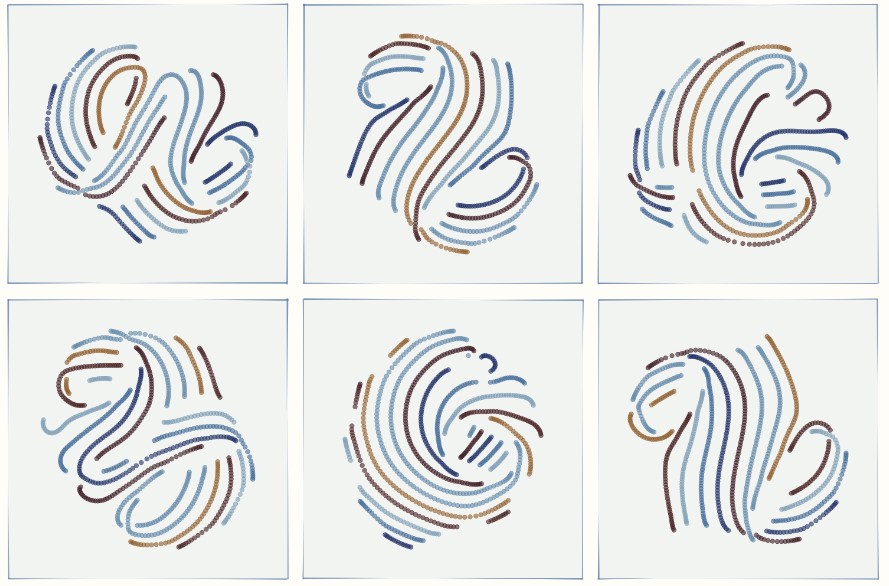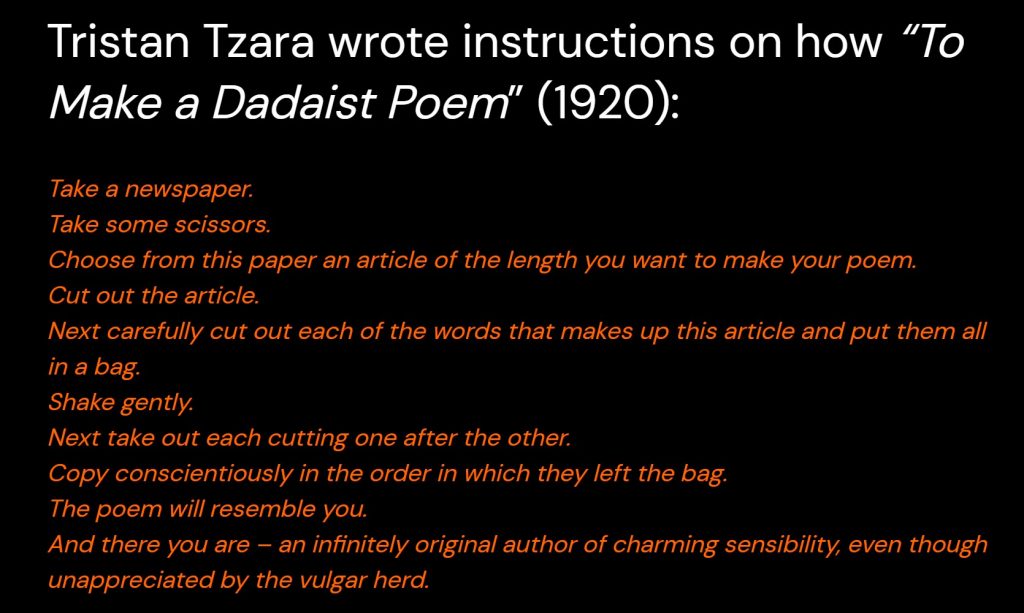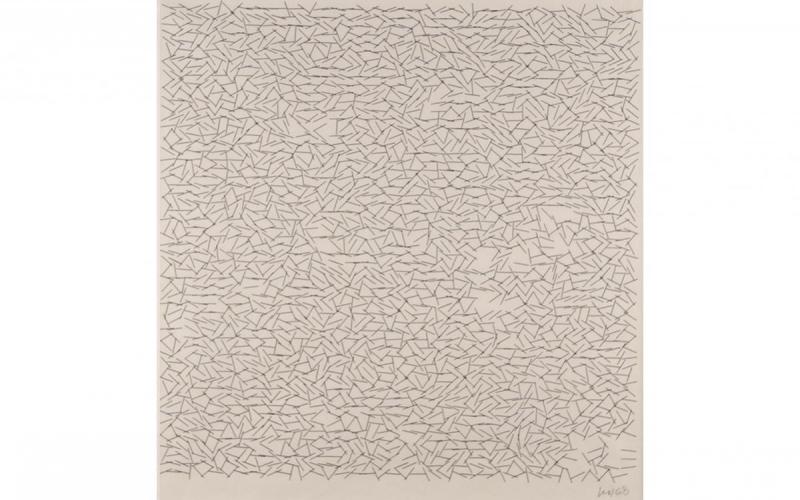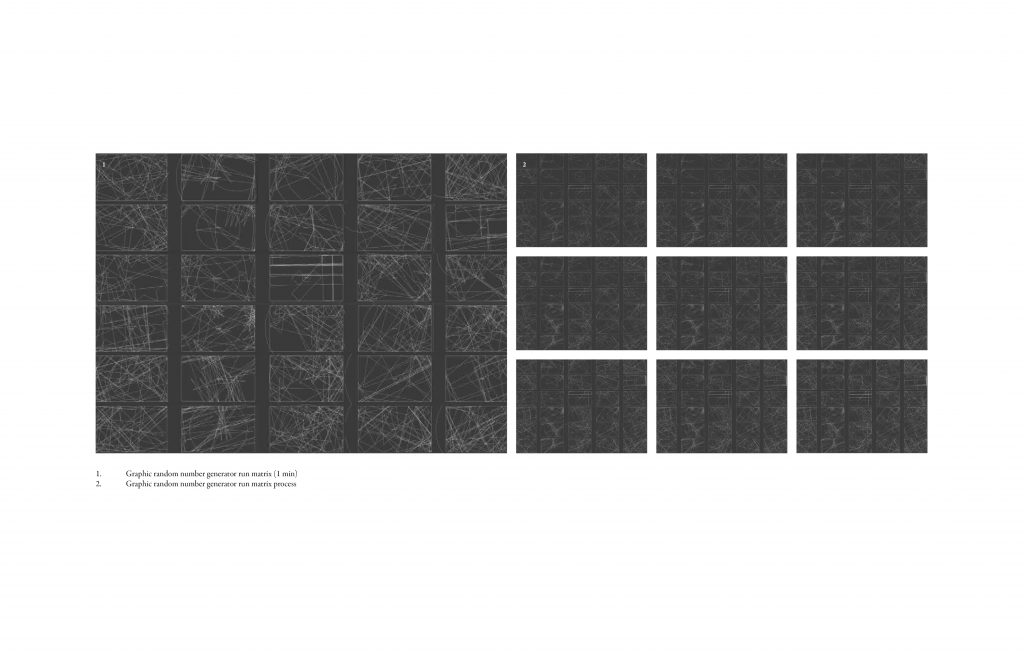This project is a version of the set algorithm where the color of each triangle gradually changes according to when it was created. The color changes gradually from white to black, then flips instantly back to white again. According to the artist, this was originally just an accident, but somehow it turns into this cool piece with three dimensional illusion. I admire this piece of work because seems random upon first glance but it creates this overall beautiful organic pattern. It started by his other project “Differential Lines” and from that he moved on to this 3D algorithm. The key thing to get this to work is to have the mesh do various self-balancing operations as it grows. From this project, I learned that randomness exist by following certain rules, for example, this project was following rules like
- Split edges that are too long.
- Avoid inserting new vertices where the vertex density is too high.
- Flip edges to reduce the length of the edge.
- Add a force that makes the triangles attempt to be roughly equilateral.
When randomness is in balance, art is created.
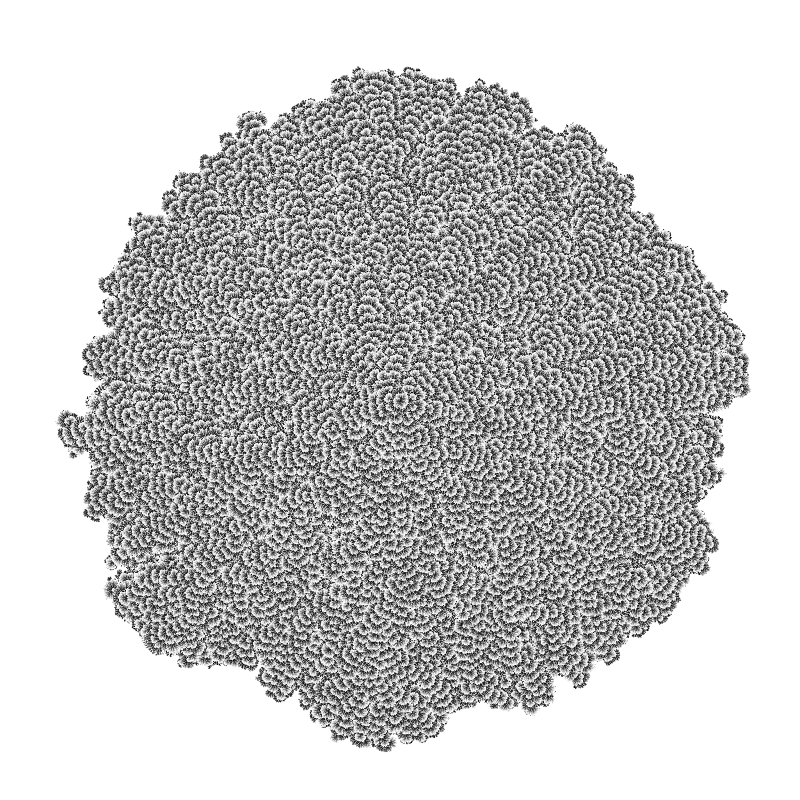
“Different Meshes” by Anders Hoff
![[OLD SEMESTER] 15-104 • Introduction to Computing for Creative Practice](../../../../wp-content/uploads/2023/09/stop-banner.png)
